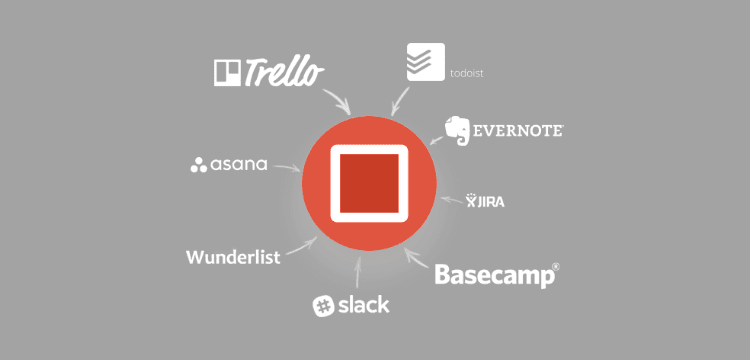There simply isn't enough time in the day for everything that we have to do.
Between meetings, website updates, scoping new projects, developing new features, it can sometimes feel like your schedule is out of control.
And if you're learning a new skill, it can be easy to get distracted.
So how do you stay focused and make progress? Try the Pomodoro Technique.
What is the Pomodoro Technique?
The Pomodoro Technique was created by Francesco Cirillo and is a simple method to track your time.
Cirillo encourages you to use a specific Pomodoro timer to track time, but any timer will do. The system works like this:
- 25 minutes of focused work
- 5-minute break
- 25 minutes of focused work
- 5-minute break
- 25 minutes of focused work
- 5-minute break
- 25 minutes of focused work
- 15-30 minute long break!
So in about 2 1/2 hours, you will have accomplished nearly 2 hours of solid, focused work with breaks evenly spaced throughout.
You can get more done with these focused bursts of productivity than if you just worked for that 2 1/2 hours straight.
“Non-stop focus on one thing for hours on end will only leave you drained. Take a well-timed break, however, and your mind will be sharper, more focused, and more energized.”
— Melanie Pinola from Trello
How I Use the Pomodoro Technique
I don't have a cute Pomodoro timer. I work in a very digital field, so it makes sense that the tools I prefer also happen to be digital. (Plus, I learned the hard way that kids think cute timers are toys. Little thieves.)
I've tried a number of solutions (I even made my own Pomodoro timer years ago), but what I'm really enjoying using right now is Pomodone.

Pomodone allows you track your time in Pomodoro sessions, but also has a lot of extra features I find really useful:
- integration with Asana (my to-do list of choice)
- integration with other 3rd-party tools (ToDoist, Basecamp, Slack, Trello, Wunderlist, Evernote, etc.)
- daily, weekly, and monthly time tracking reports
- desktop app that pops up and reminds me when I haven't started a timer in a while
- a free version with enough basics that make it worth checking out
Every day, I sit down and start up Asana and Pomodone. I spend the first 25-minute Pomodoro session getting caught up on what I need to focus on that day and any urgent emails that come in from clients. The following Pomodoros are spent working on the different todos I need to complete that day.
If I finish a todo item early, I just switch tracks to the next project. Pomodone makes switching to different items within the same Pomodoro session simple, which is a feature I particularly appreciate.
I find that the work I get done using the Pomodoro Technique is more focused and more efficient. I get more work done in a shorter period of time and I feel accomplished at the end of the day.
Pomodoro Tools and Resources
If you're curious about what other tools and resources are out there, here are few that I've used or that get great reviews!
- The official website for the Pomodoro Technique
- Pomodone - my current time tracker of choice
- How many pomodoros in a day? - A quick and easy tool to help you determine how many Pomodoros you can complete in your schedule (and what's possible vs what's realistic)
- MarinaraTimer - a free and popular web app that lets you set custom times if the Pomodoro Technique is a little too rigid for your tastes
- Pomello App - if you love Trello, try out this free extension that integrates with your Trello boards. Pomello App turns each of your Trello cards into a Pomodoro task.
Track Your Time
Even if the Pomodoro Technique isn't right for you, I highly encourage you to find a tool or method that you love and start tracking your time every day.
Just like we use Analytics to track our website performance and our newsletter campaigns, tracking your time opens up a whole world of information to make your business more efficient.